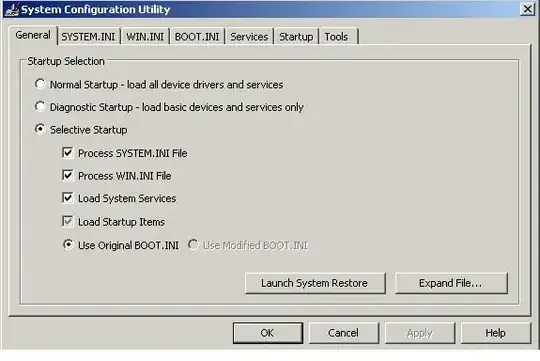I'm new to IPv6 but I thought it would work in the same way as IPv4 (in regards to configuring in IIS)
My domain name provider states that I need to set up the AAAA record, not the A record. As such I do, and I point to my server
I bind my website and choose the IPv6 address in IIS
I'm not using HTTPS, so binding on Port 80. All other sites work fine, but this is the only site where I'm attempting to use IPv6 (all others are IPv4)
I have added IPv6 to the firewall. Oddly, it doesn't even return from a ping. I did this by adding a new rule-> custom -> all programs -> ProtocolType:ICMPv6 and then clicked on Customize to ensure All ICMP types are selected -> scope (any IP address) -> Allow the connection and I applied this to Domain, Private and Public
If I ping 2001:4ba0:cafe:c54::1 from my VPS, it replies. However, it's not visible to the outside world!

Yet I've tested my site on http://ipv6-test.com/validate.php

The site in question is www.bmup.co.uk. If I browse it from within IIS, the site loads as expected so the issue is something to do with external requests.
If I perform a nslookup I get:

I have the issues (can't access via browser) from 3 machines in 2 different locations (although both in UK). The server is in Germany.
What can I do so I can view my website in a browser.

